Unsurprisingly, it’s taken me more than a year to write a new blog. It’s been hard to write during the pandemic! There’s so much information online to consume already, and it’s been difficult to pinpoint a single personal topic that is meaningful to write about publicly.
Despite saying at the end of my previous blog that I would continue to detail stories from my year in Australia, this post didn’t end up to be a sequel. In a way, it’s sort of the “end” of the story. I will, probably in another year, try to come back to fill-in some of the gaps. But for now…
If you asked my friends what it’s like to spend a weekend with me, they’d tell you how bad I am at settling down. They’d probably tell you I wake up early, I can’t just “chill” at home, and if there’s a choice between walking 2 miles to lunch versus taking public transit, I’ll always choose the walk (halfway through: “did I say 2 miles, I meant 5!! Sorry!”).
I’ve realized over the past two and a half-ish years that this problem runs a little bit deeper. It’s not purely to torture those around me. I think I’m just terrible at settling. Let’s review my life since I left New York in 2018…
- I moved to Sydney for 6 months
- Then alternated every 2-3 weeks between sleeping on a mattress in my coworker’s home office in Melbourne (thank you Gretch for the mattress and cat) and my boss in Sydney’s media room (thank you Sally for the Wii + Mario Kart) for 5 months
- Spent a month in Asia
- Moved back to NYC for 6 months
- [Global pandemic begins here]
- Spent 3 months in Yardley
- 1 month in NYC [Gave up my lease]
- 3 months on my friend’s couch in Seattle
- 2 weeks in Philly
- 3 more months in Yardley
…and now I’m back in Brooklyn. If you can’t follow, that’s fine!! Life has been perfectly…normal….
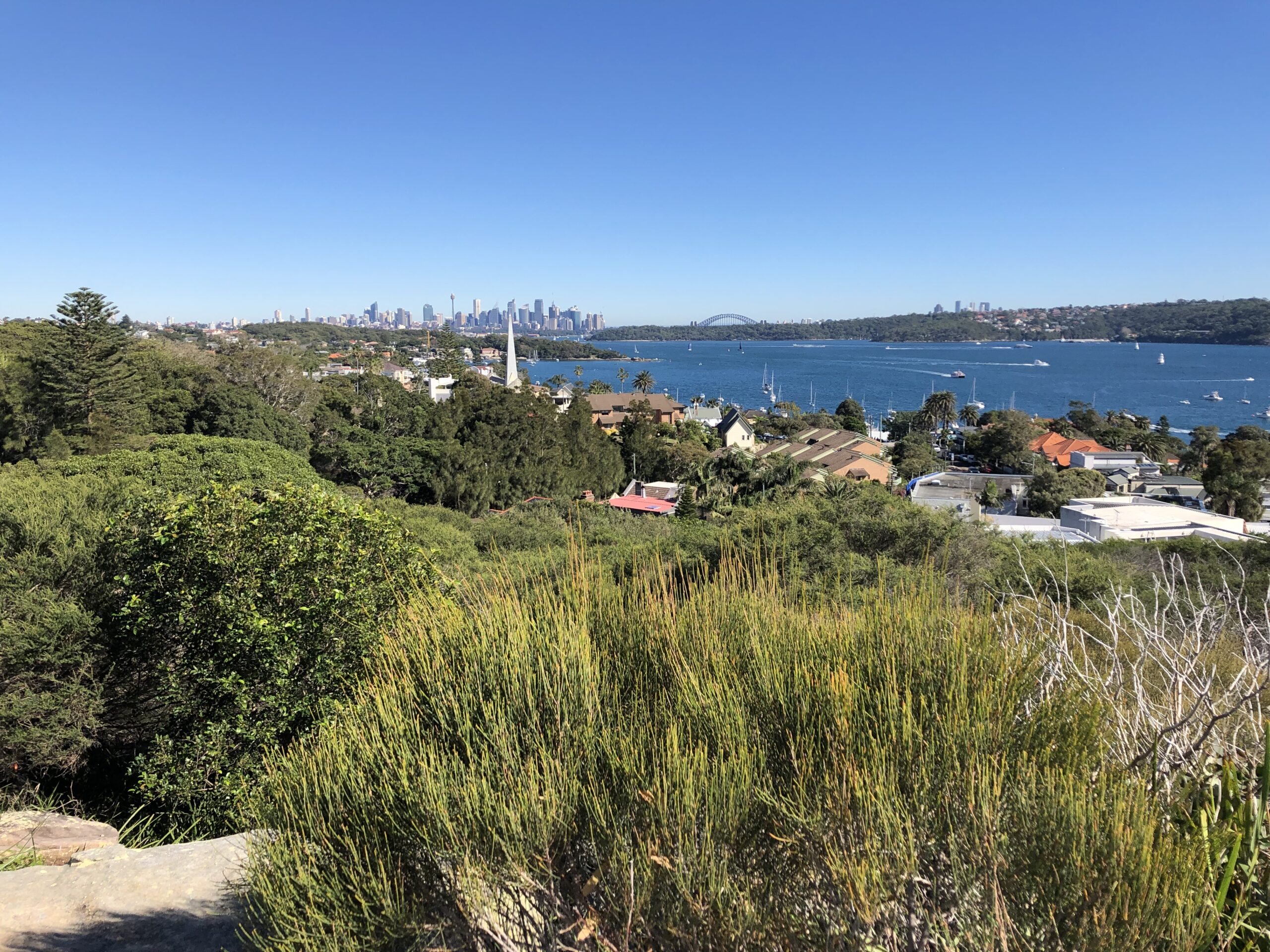
There’s an appeal to traveling, and it’s something that a lot of folks do in their mid-20s. On the plus side, you get to see a lot of the world, meet a ton of different people, and it occurs at a point in your life before you have familial or career incentives to remain in a specific location. On the other hand, life starts to go by pretty fast, and you end up on the other side of it without creating any foundational structures that lead to those long lasting relationships we all eventually desire.
I was thinking a lot about this over the holidays when I was reading Vivek Murthy’s book on loneliness, Together: The Healing Power of Human Connection in a Sometimes Lonely World. In his book, Murthy describes three types of connections we need to thrive. There’s intimate/emotional connections, typically found through a partner. Relational/social connections, gained through family and friends. And lastly collective connections, which are built within our networks or communities that share a sense of purpose. Throughout the past 2 years, I definitely had relational/social connections, either with people I met during my travels, roomed with, or kept in touch with online. But, I had definitely not given myself the opportunity to develop intimate/emotional connections or collective connections, because I had so quickly moved from place to place.
I know from conversations with colleagues and friends that loneliness has become extremely pervasive during the pandemic. It is not normal, no matter how much we think of ourselves as social or asocial, to live in a world where we cannot see those we love because we are worried about giving or contracting a deadly virus. I know you’ve probably heard this statement many times, but it’s something I need to remind myself often when I have trouble focusing at work, or when I’m sitting alone at night and feel a pervasive social stagnancy that’s hung over me during the past year.
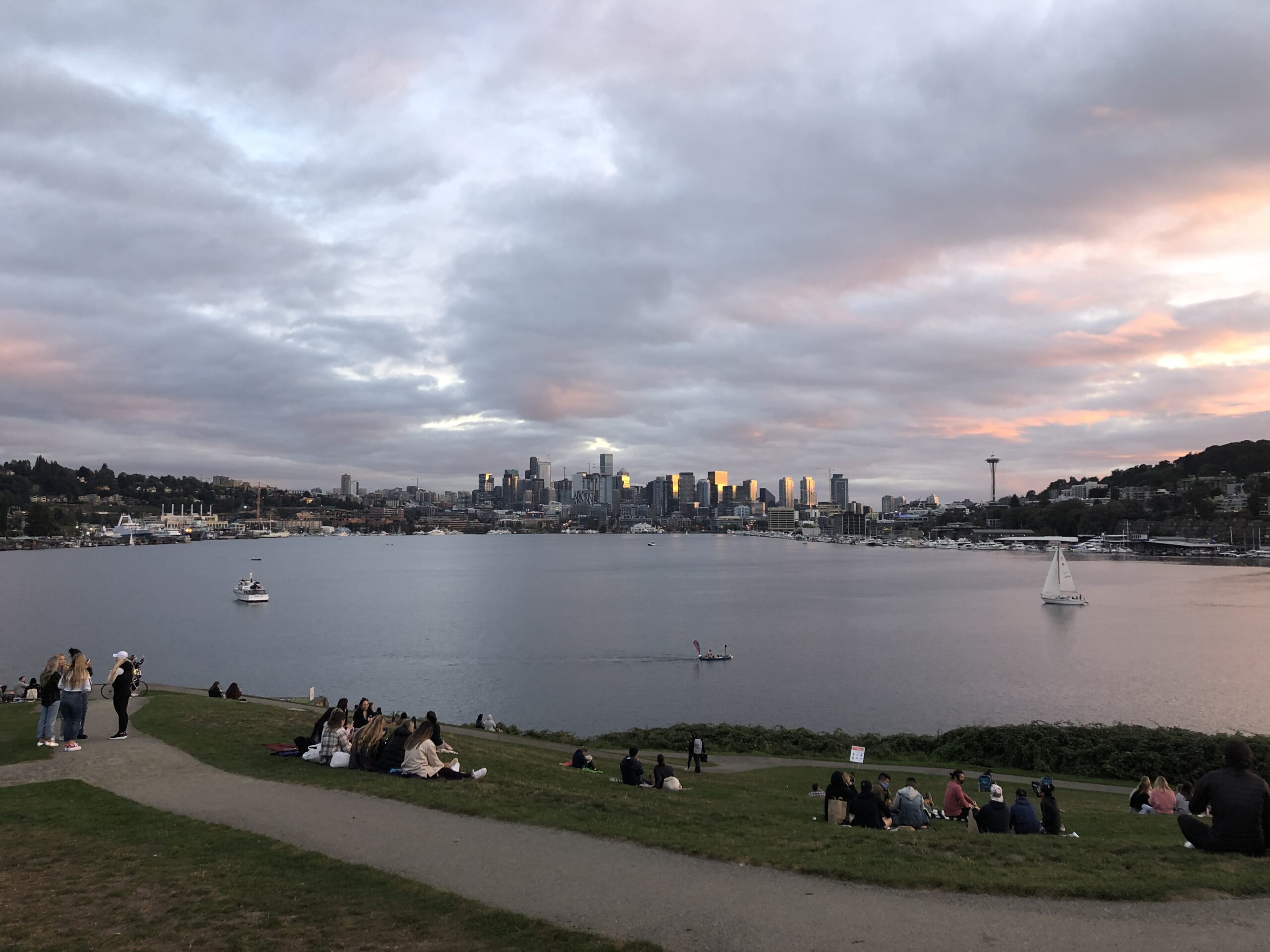
I kept dwelling on these feelings of loneliness during the holidays because I was making a decision about whether I would move back to New York, and this time, would stay. At least for the foreseeable future. I had two ideas in my head for what I could do during the remainder of the pandemic. On one hand, I could continue to travel because I was in a fortunate position to be able to work virtually during the remainder of this graduate school year. On the other hand, after 2+ years of traveling, I was tired. The pandemic had exposed me to how much I lacked the intimate/emotional and collective community connections that I had watched a lot of my friends cultivate over the past 4 years. I had repeatedly chosen a different path, and I began to wonder whether despite my craving to develop these deeper relationships I was actually fearful of being given the opportunity for developing them in the first place.
You might think it’s weird for someone to be fearful of developing close connections, and I think it’s helpful to provide some context. I didn’t grow-up around people. I had my close family, but for a lot of my childhood, we were rarely in the same place. My brother was just old enough to be in the public school above me (eg, middle compared to elementary school), and often participated in after-school activities. My mom, a single parent, worked long hours. Thus, by a natural product of our lives, I was usually at home alone (I’ve written about this more extensively in a previous blog), and being alone became coded in my system.
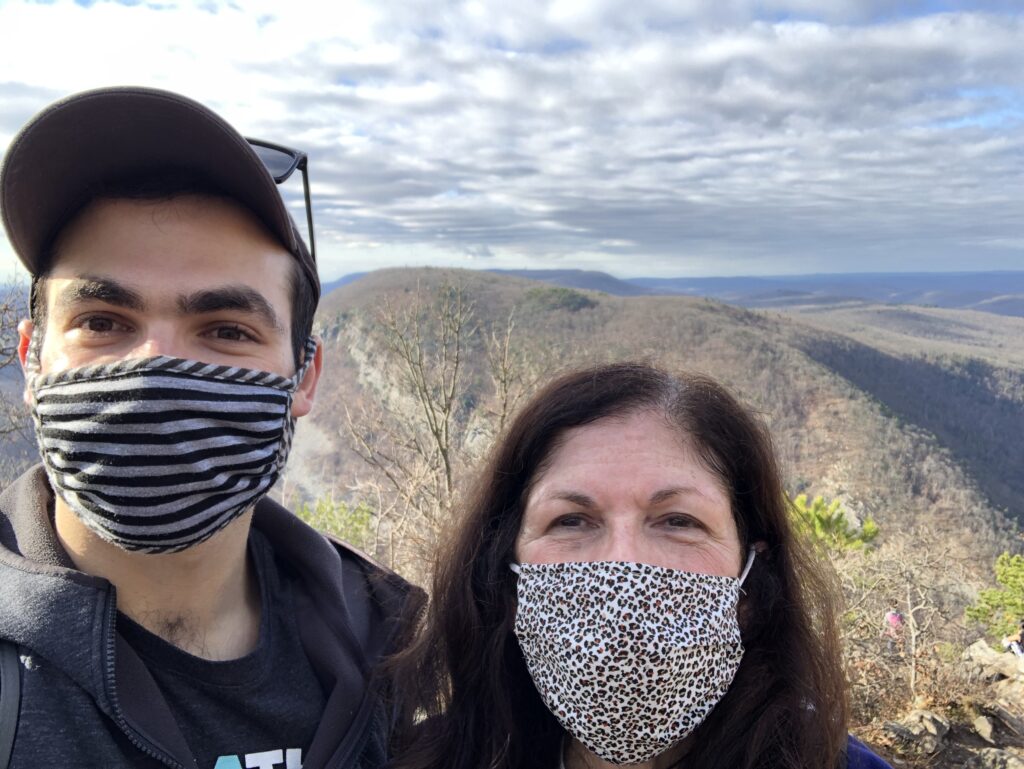
As someone who researches mental health, I read a lot about how what’s coded into our systems as a child can inhibit us from thriving in our adulthood. Later in our lives, as we start to experience things that may remind us of the negative aspects of our childhood or we have experiences that we are not used to, our bodies may become anxious. This is our “fight or flight response” gone awry, becoming too active too often, because these experiences weren’t programmed into our body while it was initially learning and developing. [Aside – the ISTSS has a lot of online resources about childhood neglect/trauma, for anyone who needs it for themselves or loved ones].
As I wrestled with this fear of moving and settling, I believed that a lot of this fear came from my anxiety to have the time and space to really develop close relationships with people. This anxiety existed because I had never had opportunities to develop close relationships as a child outside of my immediate family members. The pandemic exposed me to the importance of having these close connections. I don’t want to discount what I have had. I found a community this year in Seattle (shoutout Piyush, Gautam, Priyank and Ankit), and my mom and I were lucky enough to spend a lot of time together, which became my community in Yardley. But, these short term communities are different from developing those close connections you get from having a place you call home for more than 6 months at a time. By taking this time, you have the opportunity to develop deep relationships through shared experience.
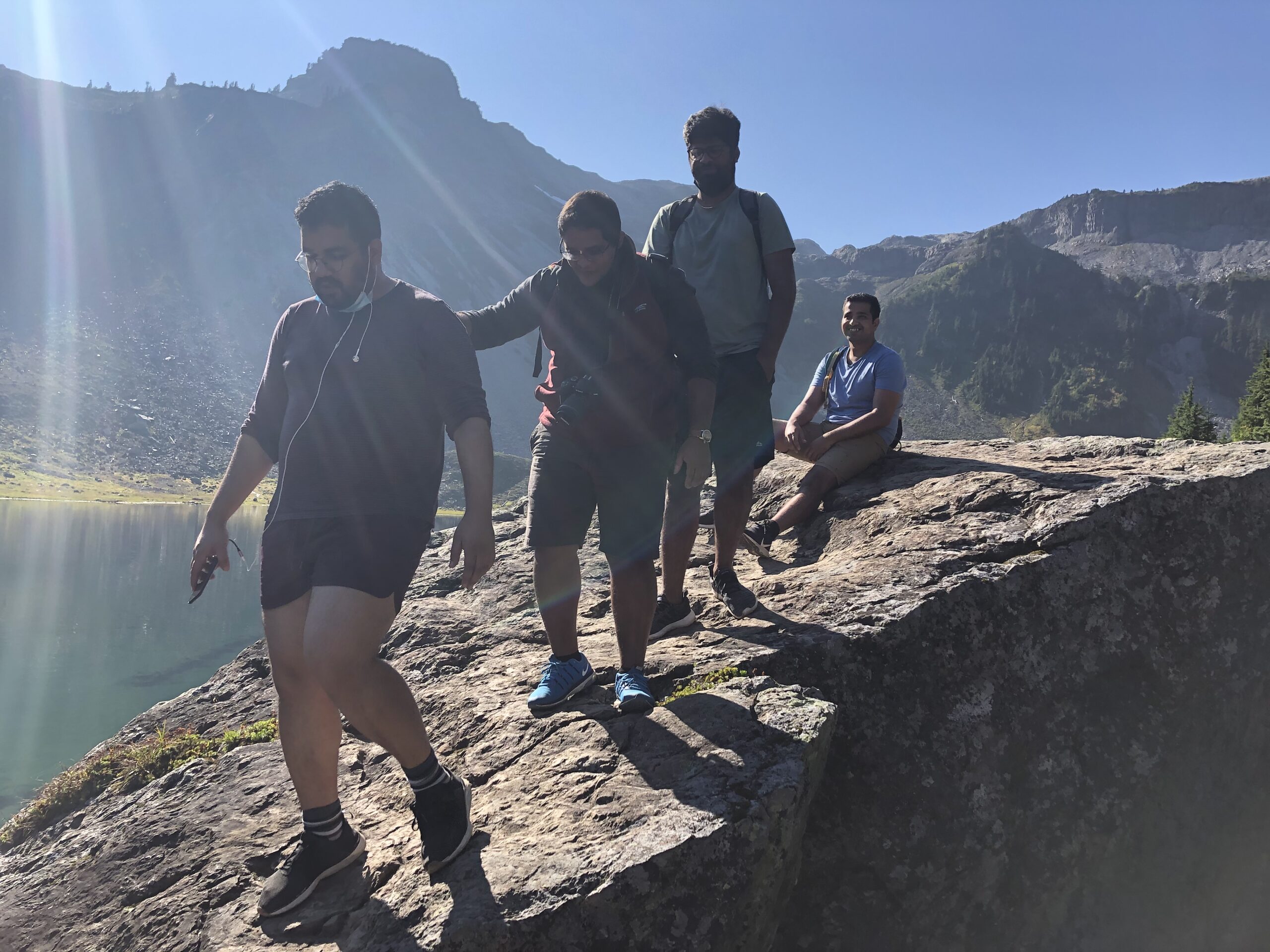
So, to tie up this story, I ended up in my own studio, in a 2-year lease, in Brooklyn. I’ve been here for about 7 weeks, and to be completely honest, I’ve already had the urge already to pick myself up and get out (minus the pandemic, southern California looks really nice in February…). But, I know that my fears of stagnancy of a physical place will simply be swapped with a sense of social stagnancy and loneliness if I go, and I’m going to continue to challenge my childhood-self to try to develop close relationships and connections in my new home.
If you end up in Prospect Heights or Crown Heights, come say hi!
-Dadler

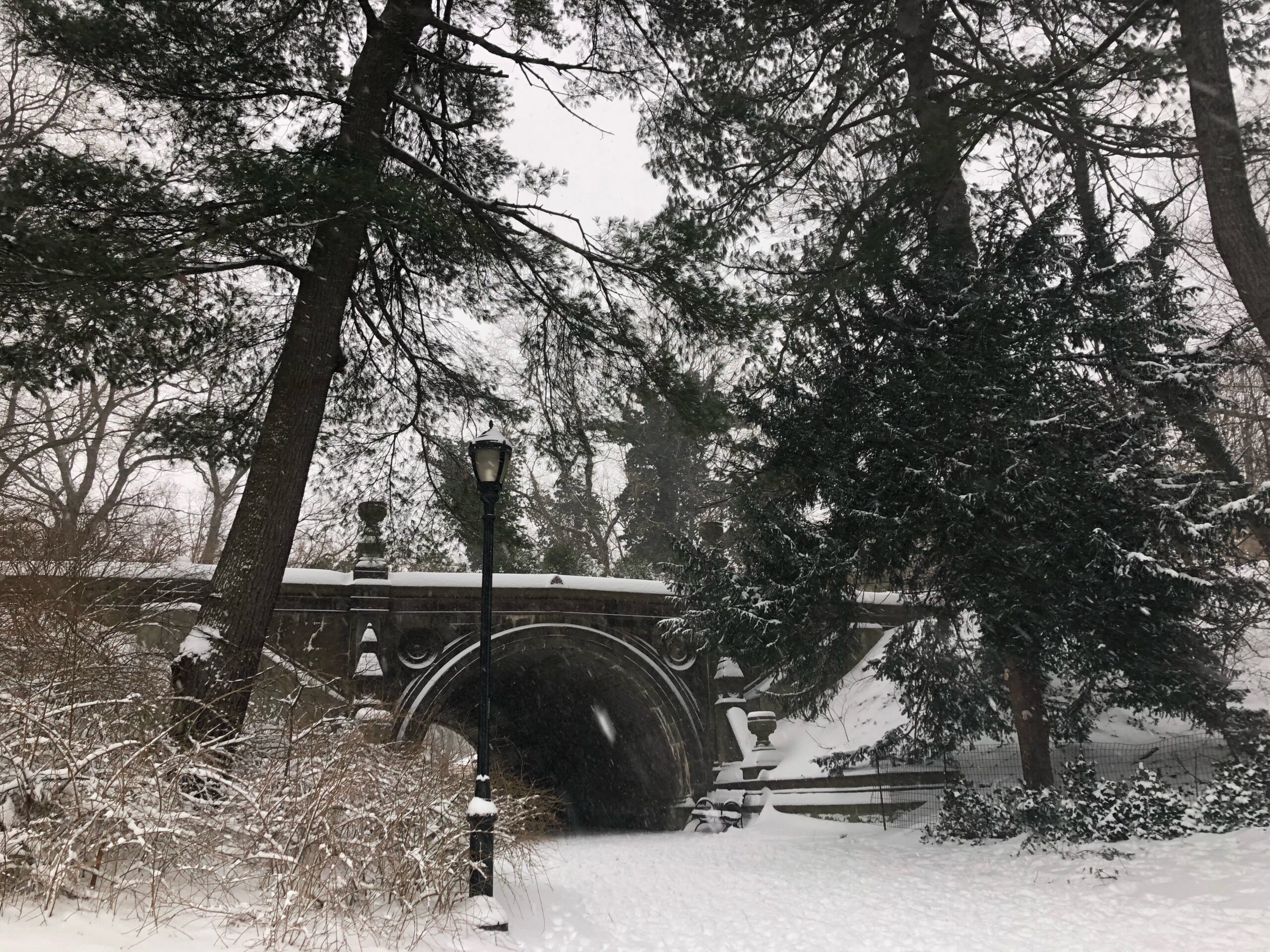
I can’t tell you how immeasurably satisfying it is to read about all of your adventures. Keep blogging. I am proud every time I read what you write, not just because of your polished mechanics and structure but because of the wisdom, insight, and life contained in those words.